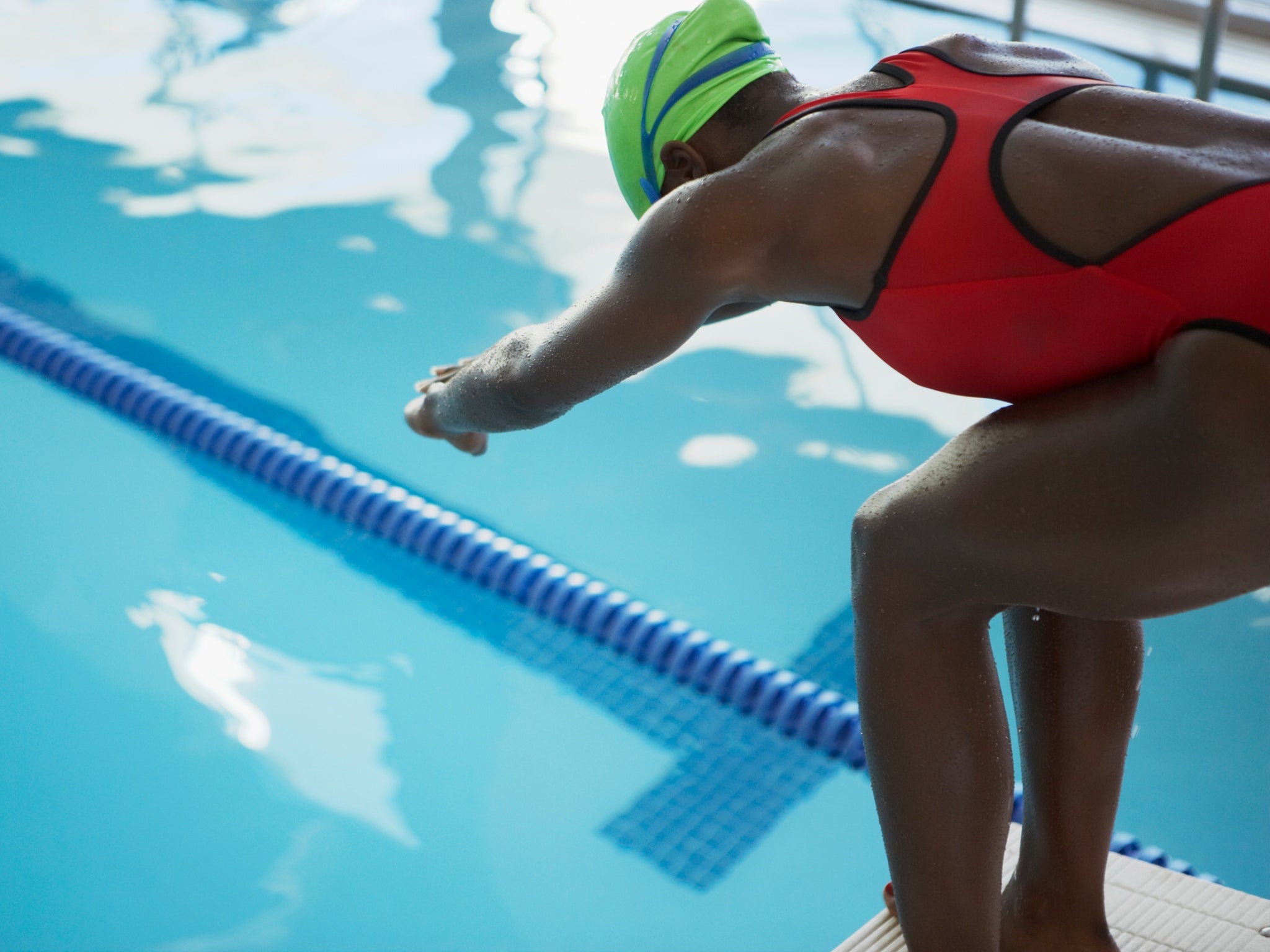‘A priest warned me to keep away from water’: The barriers to swimming for Black and Asian communities
As Swim England launches the largest diversity and inclusion survey of its kind for the aquatics sector, Minreet Kaur looks at the barriers still facing minority communities


Your support helps us to tell the story
From reproductive rights to climate change to Big Tech, The Independent is on the ground when the story is developing. Whether it's investigating the financials of Elon Musk's pro-Trump PAC or producing our latest documentary, 'The A Word', which shines a light on the American women fighting for reproductive rights, we know how important it is to parse out the facts from the messaging.
At such a critical moment in US history, we need reporters on the ground. Your donation allows us to keep sending journalists to speak to both sides of the story.
The Independent is trusted by Americans across the entire political spectrum. And unlike many other quality news outlets, we choose not to lock Americans out of our reporting and analysis with paywalls. We believe quality journalism should be available to everyone, paid for by those who can afford it.
Your support makes all the difference.Simran Kaur* is terrified of the water. “A priest told my mum to keep me away from water as I could drown,” she says. “I still have a fear of swimming at the age of 40 and can’t seem to find a way to move forward.”
Kaur adds that while swimming hasn’t been accessible for “someone like her”, she has recently taken the steps and signed up for one-to-one lessons with someone from her community.
“My son is six-years-old and I need to be able to swim with him on holidays, so I am determined to fight the fear,” she says.
Grandmother of four, 80-year-old Harsharan Gill* says she always felt swimming wasn’t for her. “I was never allowed to go swimming as a child”. Being from the Asian community, her mother would say “cover up” as she didn’t want Gill to show skin, so Gill grew up feeling excluded as others in school were all having lessons.
“I have always wanted to learn, it’s been a dream. I grew up in a strict Punjabi family and there was so much stigma attached to swimming, it’s not something women do, but men were allowed,” she explains. “Finally I have found a place where they teach ladies-only classes and I can fulfil my childhood dream.”
I still have a fear of swimming at the age of 40
Research conducted by Sport England in 2020 found that 95 per cent of Black adults and 80 per cent of Black children in England do not swim, whilst 93 per cent of Asian adults and 78 per cent of Asian children follow the same pattern.
As a result Swim England has launched one of the largest-ever surveys of its kind in the sector this week, as it looks to shape its latest strategy with a focus on improving diversity.
Swim England’s survey will be campaign-driven, with a focus on engaging with those not currently involved in aquatics to build a greater understanding as to what steps should be taken to make opportunities more appealing and accessible. Key findings will be shared across the sector.
Black Swimming Association (BSA) has also launched a pioneering piece of research named #OurSwimStory, aimed at exploring the barriers that Black and Asian communities face when it comes to participating and engaging in the world of swimming and aquatics.
“The aquatics sector has historically precluded Black and Asian communities from engaging in that world. The barriers these communities continue to face range from being cultural and financial to access-related and psychological,” Danielle Obe, chair and co-founder of Black Swimming Association tells The Independent.
“At the BSA, we are working with our communities and conducting the first research project of its kind to better understand the physiological, psychological and social barriers so many in our communities have with the water.”
Basani Mabyalane, 51, grew up in the seventies in South Africa. The apartheid regime meant that she never had any swimming pools in her community. “These were facilities only accessible to white people,” she says.
“My first experience of swimming was when I was in high school during a school trip at the age of 13. I jumped into the swimming pool when I saw other kids doing so and suddenly I started swallowing water and breathing in water. I believe this is where my fear of the water came from,” she explains.
Mabyalane found it hard financially to pay for one-to-one lessons, but she has recently signed up for adult lessons. “I’m determined to learn and build confidence in the water.”
“Growing up there was no one who looked like me, no role models in swimming,” says artist and illustrator Darren Awuah. “I had a lack of encouragement from my family and this was the main barrier for why I never learnt to swim as a child.”
He grew up always having a fear of water, something that didn’t change until his adult years. When he got involved with BSA he felt the urge to take a step forward and learn to swim. After the encouragement for the film Blacks Can’t Swim Awuah has reignited the will to learn. “I no longer have the fear of water,” he explains.
The lack of access to swimming pools in and around communities has had a part to play too. “Swimming is an important life skill and a great way to stay active, local authorities and schools need to do more to help children of all ages to learn to swim, especially schools with predominantly ethnic backgrounds,” says Awuah.
I couldn’t understand the concept of swimming and how to connect with the water at all
Nadine Allen said experiences of near-drowning as a child “traumatised” her, and there was a lack of “understanding, assistance, empathy or care” while being taught to swim at school.
“I’ve always wanted to learn how to swim but because of fear I put it behind me and told myself to forget about it, that I’d never be able to do it because I couldn’t understand the concept of swimming and how to connect with the water at all,” she explains.
The change for Allen came when she was given the opportunity to work through the BSA Programme and Badu Sports Collaboration. This opportunity helped Allen to overcome her aquaphobia and learn about the importance of water safety education and how to float to live, as a vital life saving skill.
Richard Hookway, chairperson of the Swim England board, says “huge amounts of work” is being done in the coming months with the aim of making aquatics “more accessible and inclusive”.
“As the national governing body, Swim England recognises the need to do more to positively promote equality, diversity and inclusion,” Hookway says. “We want to build a future where swimming can be enjoyed by all and ensure everyone is able to reap the benefits of being in the water.”
*Names have been changed.